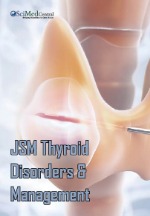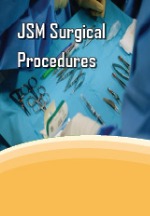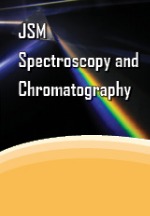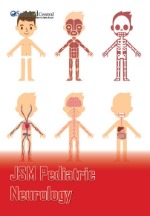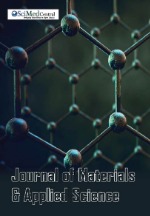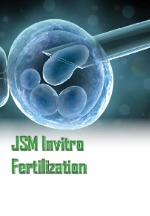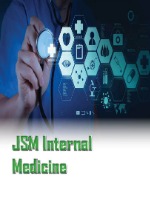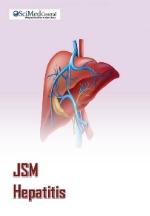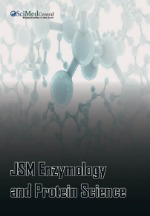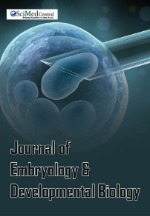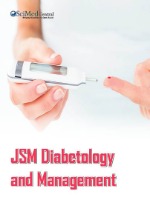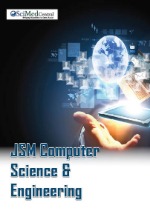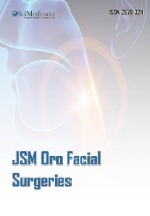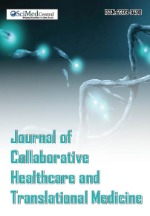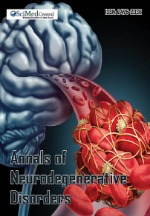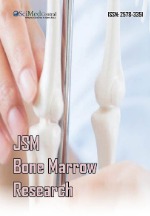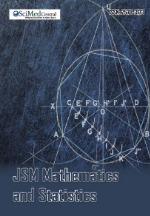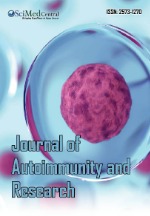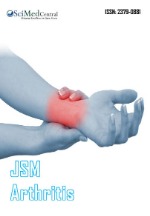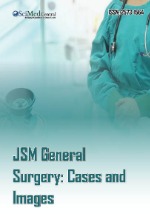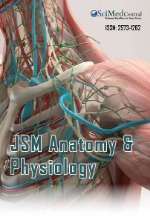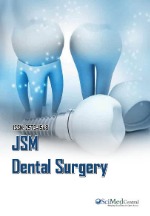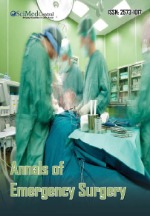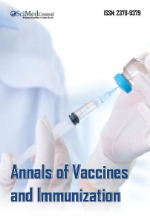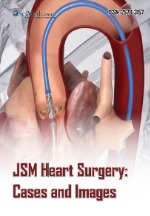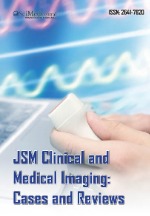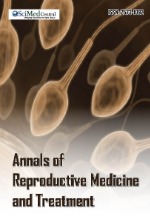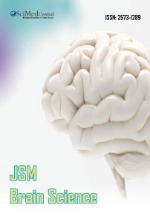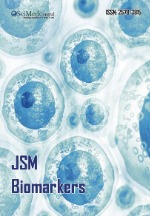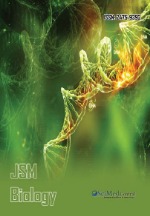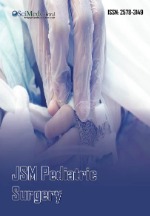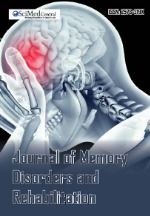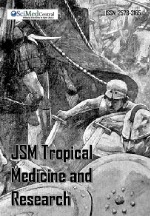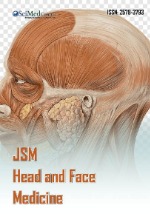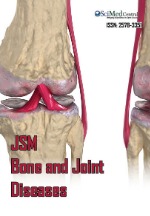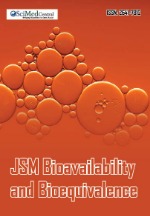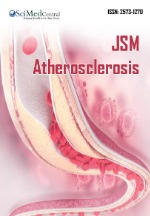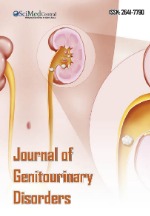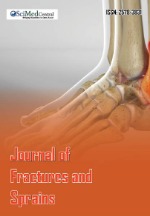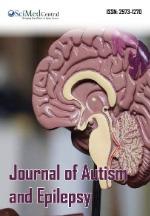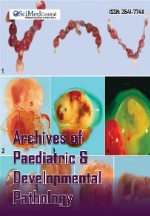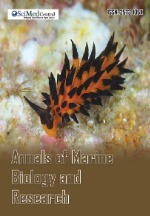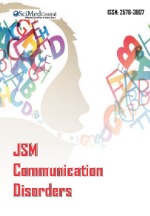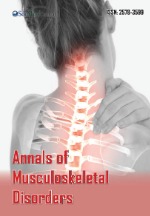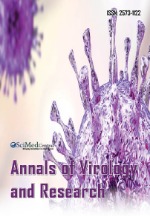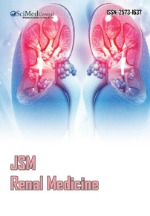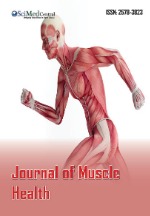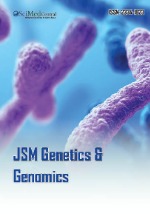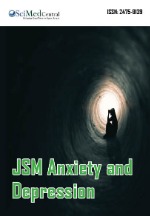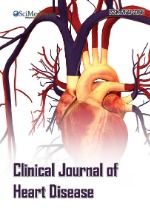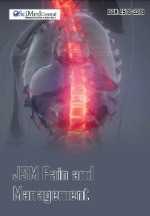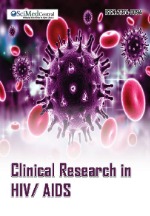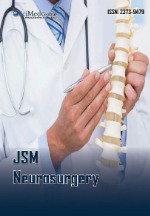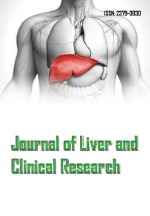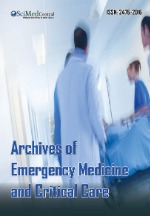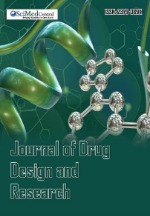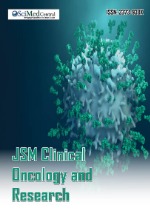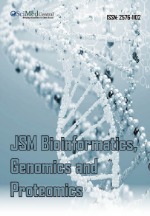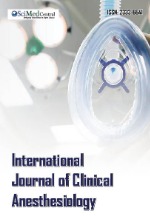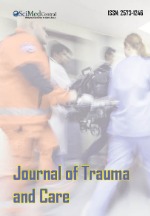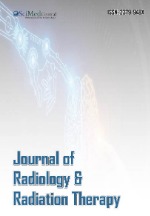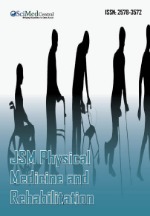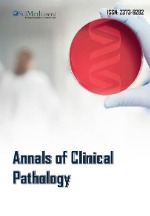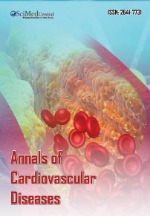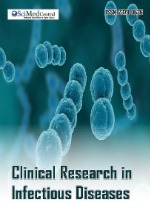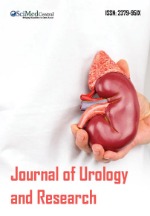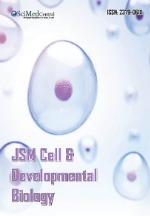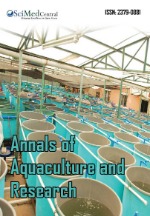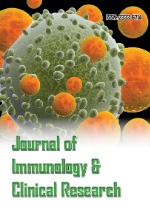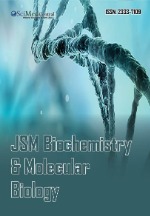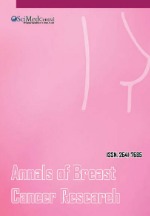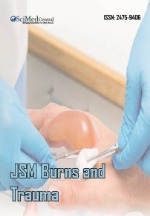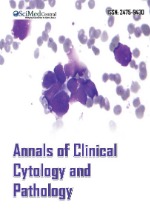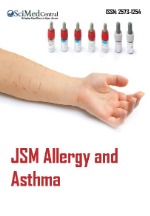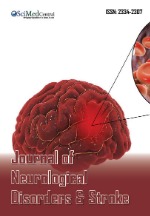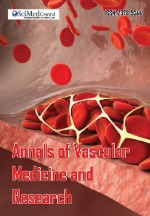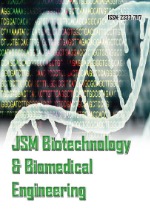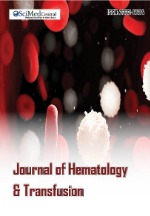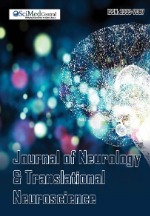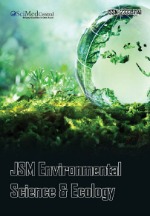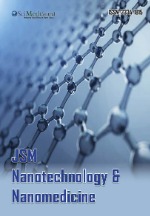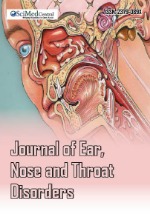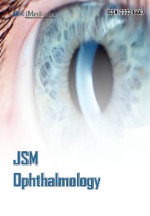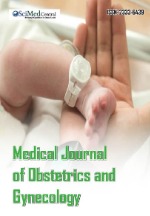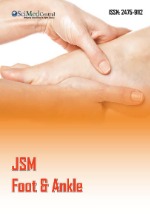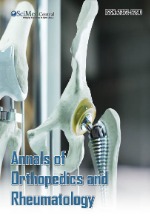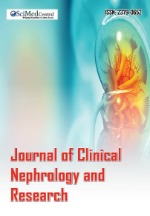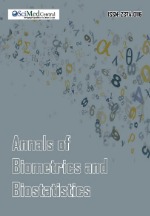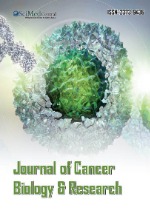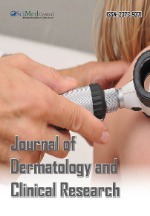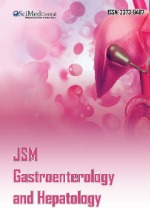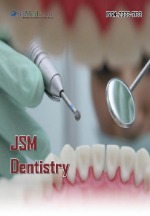A New Approach to Lesion Limited to the Tail of Parotid
- 1. Department of Head and Neck Surgery, Christian Medical College, India
ABSTRACT
Introduction: Parotid tumors along the tail are usually benign and present as a slow-growing lump. Surgery plays a vital role in the management of any parotid neoplasm, which primarily involves the removal of lesions with an adequate negative margin and the preservation of facial cosmesis. Being said that, for lesions limited to the tail of the parotid, traditional surgeries, including superficial parotidectomy or adequate parotidectomy, appear to be overkill as it carries higher morbidity and newly introduced extracapsular dissection would require nerve monitoring and might not be found adequate when the result suggests malignancy and it is not widely practised.
Objective: To introduce a new technique for lesions involving the tail of parotid, which would minimise functional and cosmetic morbidities.
Methods: Here, a new technique done in two patients with lesions limited to the tail of the parotid is explained.
Results: Two patients underwent surgery using the above-mentioned technique for lesions limited to the tail of the parotid. Adequate clearance of the lesion limited to the tail of parotid could be obtained without the morbidities associated with traditional procedures.
Conclusion: This approach could be considered as the first choice for complete resection of lesion limited to the tail of parotid. This surgery avoids the major morbidity of traditional surgery with a complete excision of the tumour limited to the tail of the parotid with an excellent tumour margin. The dissection is simple and has multiple advantages.
KEYWORDS
- Parotid gland
- Parotid neoplasms
- Operative Procedure
- Dissection
CITATION
Riju J (2024) A New Approach to Lesion Limited to the Tail of Parotid – Moon Walk Parotidectomy with Reconstruction. Ann Otolaryngol Rhinol 11(5): 1347.
INTRODUCTION
Parotid tumors most often present as a slow-growing lump, 75% to 85% of these lesions are benign. Pleomorphic adenoma followed by warthin’s tumor is the most common benign parotid lesion [1]. A study by Zheng et al., found that 31% of the benign parotid lesions are located in the tail of the parotid [2].
Anatomically many surgeons consider tail of the parotid, as the part of, the superficial lobe of the gland that is inferior to the main trunk of the facial nerve and some define it as the inferior 2cm of the superficial lobe of the parotid [3,4]. It is anteromedial to sternocleidomastoid muscle. The only critical structure, of surgeon concern, is the marginal mandibular nerve.
Lesion limited to the tail of parotid poses a specific surgical challenge. They are proceeded traditionally as superficial or adequate parotidectomy. During procedure facial incision will be made, followed by detection of the facial nerve and anterograde dissection along the branches of facial nerve. This will end with dissection through normal parotid tissue and exposure of more than one branch of the facial nerves, which can lead to all complications associated with a superficial parotidectomy. Further fibrosis induced in the operated bed will makereoperation challenging [5].
The new technique described below is for benign lesions limited to tail of the parotid gland, the Moon Walk parotidectomy for lesions limited to the tail of the gland. The approach facilitates the complete removal of the entire lesion, on the tail of the parotid with an exposure of a single branch of the facial nerve. Morbidity associated with surgery can be greatly reduced with good cosmesis.
The objective of the study is to explain the operative technique and various advantages of this technique are described in detail.
METHOD
Two patients underwent this procedure after informed consent before surgery. The surgical site was painted, draped and positioned in a classical parotidectomy position. The use of a nerve monitor is optional, but nerve monitoring is recommended. The steps of the surgery have been explained in Figure 1. A horizontal neck incision is placed in the upper skin crease based on the size and location of the tumour. Cervical flaps are raised in a subplatysmal plane superiorly to a level about 1cm above the lower border of the mandible, care should be taken while raising the flap posteriorly to prevent injury to the greater auricular nerve.
Figure 1 Steps of dissection: Step 1 - Marking of the incision site, Step 2 ? Elevation of the flap, preserving greater auricular nerve, Step 3 ? Identification of marginal mandibular nerve and commencement of retrograde dissection, Step 4 ? Completion of dissection, Step 5 ? Harvesting superiorly based on superiorly based sternocleidomastoid flap, Step 6 ? Suturing of the flap to the parotid capsule.
The marginal mandibular nerve is located by dissecting the fascia over the facial artery, as it crosses over the lower border of the mandible, the nerve could be identified passing always superficial to facial artery within a few millimeters near the lower border of the mandible. Figure 2 shows the identification of marginal mandibular nerve.
Figure 2 Identification of marginal mandibular nerve which is located by dissecting the fascia over the facial artery, as it crosses over the lower border of the mandible
Now retrograde dissection is carried along the marginal mandibular nerve, till all tumor tissue is separated off with an adequate margin (Figure 3). Parotid tissue with tumor is completely resected off, retromandibular vein is ligated when required, only at the end of procedure. This would complete a moon walk parotidectomy(MWP) which is followed by reconstruction.
Figure 3 Dissection along the nerve and complete excision of the tumor.
A superiorly based sternocleidomastoid rotational flap is raised by dividing anterior and superficial portions of sternocleidomastoid and sutured over the remnant capsule of the parotid. Hemostasis is achieved and the wound is closed in layers, with drain placement.
RESULT
Postoperative period was uneventful. There was no facial nerve paresis. Both patients were discharged on the next postoperative day. The sternocleidomastoid muscle flap provided an adequate fullness in the parotid region. Histopathology was reported as warthins tumor in both cases. There were no recurrence or any complaints pertaining to parotidectomy on follow-up after 1 year.
DISCUSSION
Parotid surgeries are a challenging procedure for any surgeon because of the patient’s expectations. It has been a widely debated surgery in the head and neck region and has undergone extensive modification over the last two decades from type of incision to resection. The ultimate aim of this surgery is complete eradication of disease with the preservation of facial nerve [6].
Parotid surgery started with enucleation about a century back, with an aim to preserve facial nerve and was associated with high recurrence. Gutierrez first described parotid incision in 1903, later concept of superficial parotidectomy by patey, became the standard treatment of choice [7]. This grossly reduced the recurrence, but superficial parotidectomy was associated with complications related to scar, facial nerve weakness, change in facial contour, gustatory sweating, prominence of auricle and loss of sensation in ear lobule. To minimise complications resection was further modified into adequate parotidectomy and later by extracapsular dissection. Extracapsular dissection is a most limited approach that can be safely employed in benign parotid tumours less than 4 cm but needs a expertise and facial nerve monitoring [1,7].
Identification of the marginal mandibular nerve and its preservation forms a key part of this new technique. It is identified with the following landmarks: it passes 1cm ?2cm below the lower border of the mandible, it always lies superficial to the facial artery and vein [8]. The use of a nerve monitor will also help.
Sternocleidomastoid rotation flap is easy to harvest and available at the same surgical site. It especially helps to prevent Frey’s syndrome and gives facial contour. These flaps are contraindicated in patients with bleeding dyscrasias or if the patient fails to give consent for the procedure [9].
This approach is different from the classical techniques for the excision of lesions limited to the tail of the parotid gland and has the following advantages: Linear skin crease incision will give a well-acceptable scar and good healing, avoiding a facial scar. Unlike the traditional method, only a single nerve is identified and exposed. Thus limiting the temporary paresis to a single nerve if it occurs. Our patients did not have nerve paresis. Routine use of a nerve monitor is not mandatory, as the nerve can be easily identified, and dissection is along the nerve. GAN can be well preserved, as the dissection of tumor tissue starts anterior to posterior [11]. Complete excision of tail of parotid tumor is possible, with an adequate tumor margin [5,10]. Sternocleidomastoid rotation will provide a good facial contour [9]. Gustatory sweating incidence can be reduced as only a limited parotid capsule is explored and the raw bed can be completely covered with a sternocleidomastoid rotation flap which further prevents gustatory sweating and other related complications. Procedure can be converted to the routine parotidectomy incision, if indicated, following surgical surprise or change in diagnosis after frozen section or technical difficulties. Revision surgery in case of histological necessity or recurrence won’t be difficult as the facial nerve plane is still intact. Incision is well within the radiation field if required. It reduces the operation time, duration of anesthesia and cost of surgery [10].
We do perform ECD in the selected group of people. Compared to ECD, this surgery can be performed in large lesions over the tail of the parotid, the expertise needed is less compared to ECD, it is not mandatory to have a facial nerve monitor, it clears a compartment of the tissue rather than working around the lesion and so the chance of recurrence could be reduced. The only disadvantage of this dissection, when compared to ECD, is the exposure of nerve might lead to a temporary paresis. Both ECD
and MWP had to be done by the surgeon who is well familiar with the anatomy of the extratemporal part of the facial nerve, being said MWP can be easily and safely performed compared to ECD. Further studies in this specific field will strengthen the study.
DISCUSSION
Parotid surgeries are a challenging procedure for any surgeon because of the patient’s expectations. It has been a widely debated surgery in the head and neck region and has undergone extensive modification over the last two decades from type of incision to resection. The ultimate aim of this surgery is complete eradication of disease with the preservation of facial nerve [6].
Parotid surgery started with enucleation about a century back, with an aim to preserve facial nerve and was associated with high recurrence. Gutierrez first described parotid incision in 1903, later concept of superficial parotidectomy by patey, became the standard treatment of choice [7]. This grossly reduced the recurrence, but superficial parotidectomy was associated with complications related to scar, facial nerve weakness, change in facial contour, gustatory sweating, prominence of auricle and loss of sensation in ear lobule. To minimise complications resection was further modified into adequate parotidectomy and later by extracapsular dissection. Extracapsular dissection is a most limited approach that can be safely employed in benign parotid tumours less than 4 cm but needs a expertise and facial nerve monitoring [1,7].
Identification of the marginal mandibular nerve and its preservation forms a key part of this new technique. It is identified with the following landmarks: it passes 1cm ?2cm below the lower border of the mandible, it always lies superficial to the facial artery and vein [8]. The use of a nerve monitor will also help.
Sternocleidomastoid rotation flap is easy to harvest and available at the same surgical site. It especially helps to prevent Frey’s syndrome and gives facial contour. These flaps are contraindicated in patients with bleeding dyscrasias or if the patient fails to give consent for the procedure [9].
This approach is different from the classical techniques for the excision of lesions limited to the tail of the parotid gland and has the following advantages: Linear skin crease incision will give a well-acceptable scar and good healing, avoiding a facial scar. Unlike the traditional method, only a single nerve is identified and exposed. Thus limiting the temporary paresis to a single nerve if it occurs. Our patients did not have nerve paresis. Routine use of a nerve monitor is not mandatory, as the nerve can be easily identified, and dissection is along the nerve. GAN can be well preserved, as the dissection of tumor tissue starts anterior to posterior [11]. Complete excision of tail of parotid tumor is possible, with an adequate tumor margin [5,10]. Sternocleidomastoid rotation will provide a good facial contour [9]. Gustatory sweating incidence can be reduced as only a limited parotid capsule is explored and the raw bed can be completely covered with a sternocleidomastoid rotation flap which further prevents gustatory sweating and other related complications. Procedure can be converted to the routine parotidectomy incision, if indicated, following surgical surprise or change in diagnosis after frozen section or technical difficulties. Revision surgery in case of histological necessity or recurrence won’t be difficult as the facial nerve plane is still intact. Incision is well within the radiation field if required. It reduces the operation time, duration of anesthesia and cost of surgery [10].
We do perform ECD in the selected group of people. Compared to ECD, this surgery can be performed in large lesions over the tail of the parotid, the expertise needed is less compared to ECD, it is not mandatory to have a facial nerve monitor, it clears a compartment of the tissue rather than working around the lesion and so the chance of recurrence could be reduced. The only disadvantage of this dissection, when compared to ECD, is the exposure of nerve might lead to a temporary paresis. Both ECD
and MWP had to be done by the surgeon who is well familiar with the anatomy of the extratemporal part of the facial nerve, being said MWP can be easily and safely performed compared to ECD. Further studies in this specific field will strengthen the study.
CONCLUSION
MWP can be used safely and effectively in any lesions limited to the tail of parotid, it is easy to perform, less invasive and appears to have a better clinical outcome. This dissection has many advantages and can be considered as the first choice for neoplastic lesions limited over the tail of parotid.
REFERRENCE
- O’Brien CJ. Current management of benign parotid tumors - the roleof limited superficial parotidectomy. Head & Neck. 2003; 25: 946?52.
- Zheng CY, Cao R, Gao MH, Huang ZQ, Sheng MC, Y J Hu. Comparison of surgical techniques for benign parotid tumours: a multicentre retrospective study. Int J Oral Maxillofac Surg. 2019; 48: 187?92.
- Hamilton BE, Salzman KL, Wiggins RH, Harnsberger HR. Earringlesions of the parotid tail. Am J Neuroradiol. 2003; 24: 1757?64.
- Yang R, Guo Y, Mao C, Guo C, Wang D. Extracapsular dissection via sternocleidomastoid muscle–parotid space approach—a new operative technique for treating clinically benign tumor in the parotid tail. Oral Surg Oral Med Oral Pathol Oral Radiol. 2020; 129:109?14.
- Helmus C. Conservative vs superficial parotidectomy for benign lesions of the parotid tail. Arch Otolaryngol Head Neck Surg. 1999; 125: 1166-7.
- 6. Bron LP, O’Brien CJ. Facial nerve function after parotidectomy.Arch Otolaryngol Head Neck Surg. 1997; 123: 1091?6.
- Orabona GD, Salzano G, Abbate V, Piombino P, Astarita F, Iaconetta G, et al. Use of the SMAS flap for reconstruction of the parotid lodge. Acta Otorhinolaryngol Ital. 2015; 35: 406.
- Balagopal PG, George NA, Sebastian P. Anatomic variations of themarginal mandibular nerve. Indian J Surg Oncol. 2012; 3: 8?11.
- Queiroz Filho W, Dedivitis RA, Rapoport A, Guimarães AV. Sternocleidomastoid muscle flap preventing Frey syndrome following parotidectomy. World J Surg. 2004; 28: 361?4.
- Suzuki K, Iwai H, Yagi M, Fujisawa T, Kanda A, Konishi M et al. Indications for partial parotidectomy using retrograde dissection of the marginal mandibular branch of the facial nerve for benign tumours of the parotid gland. Br J Oral Maxillofac Surg. 2018; 56: 727-31.
- Cheung SH, Kwan WY, Tsui KP, Chow TL. Partial parotidectomy under local anesthesia for benign parotid tumors-An experience of 50 cases. Am J Otolaryngol. 2018; 39: 286?9.





